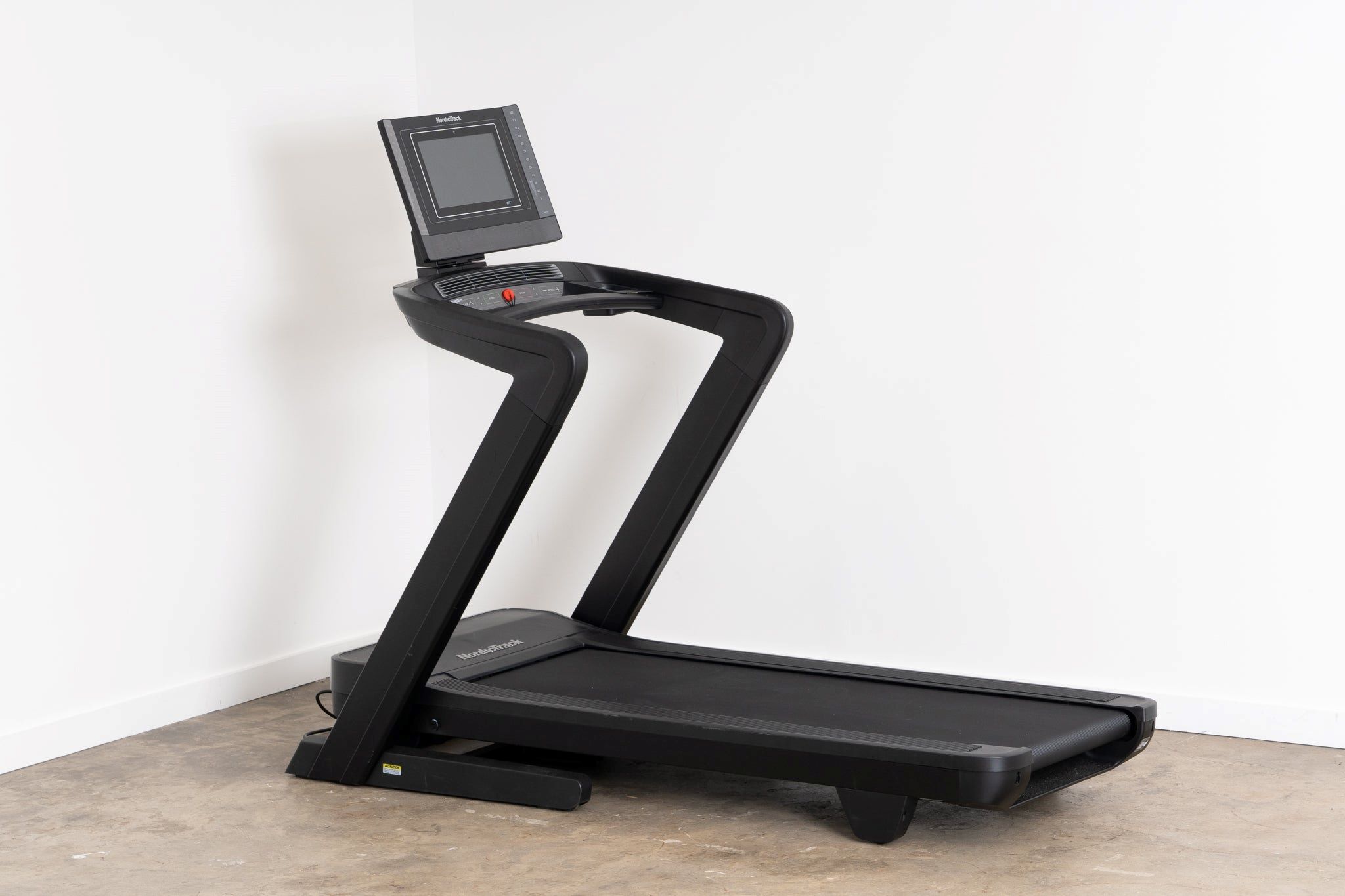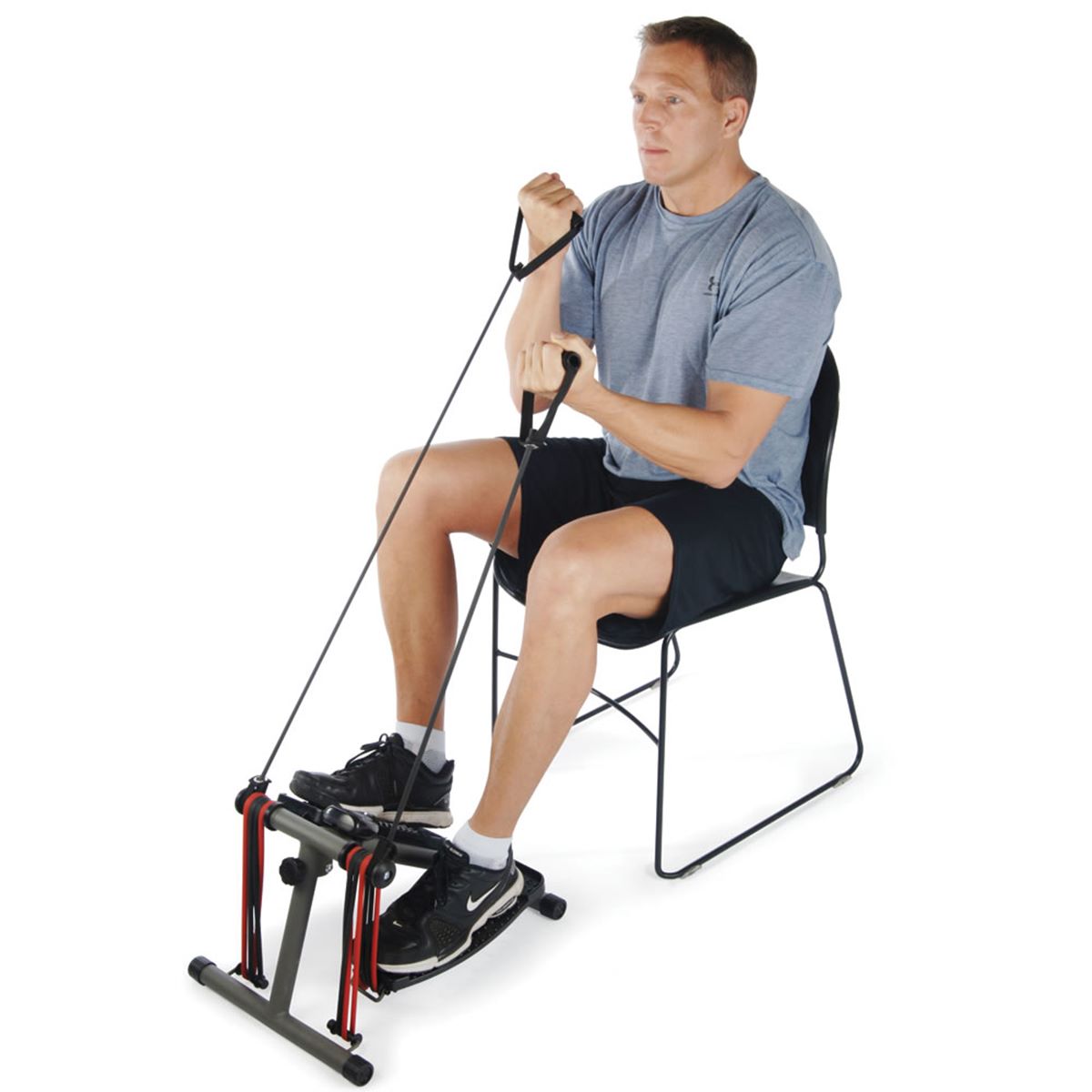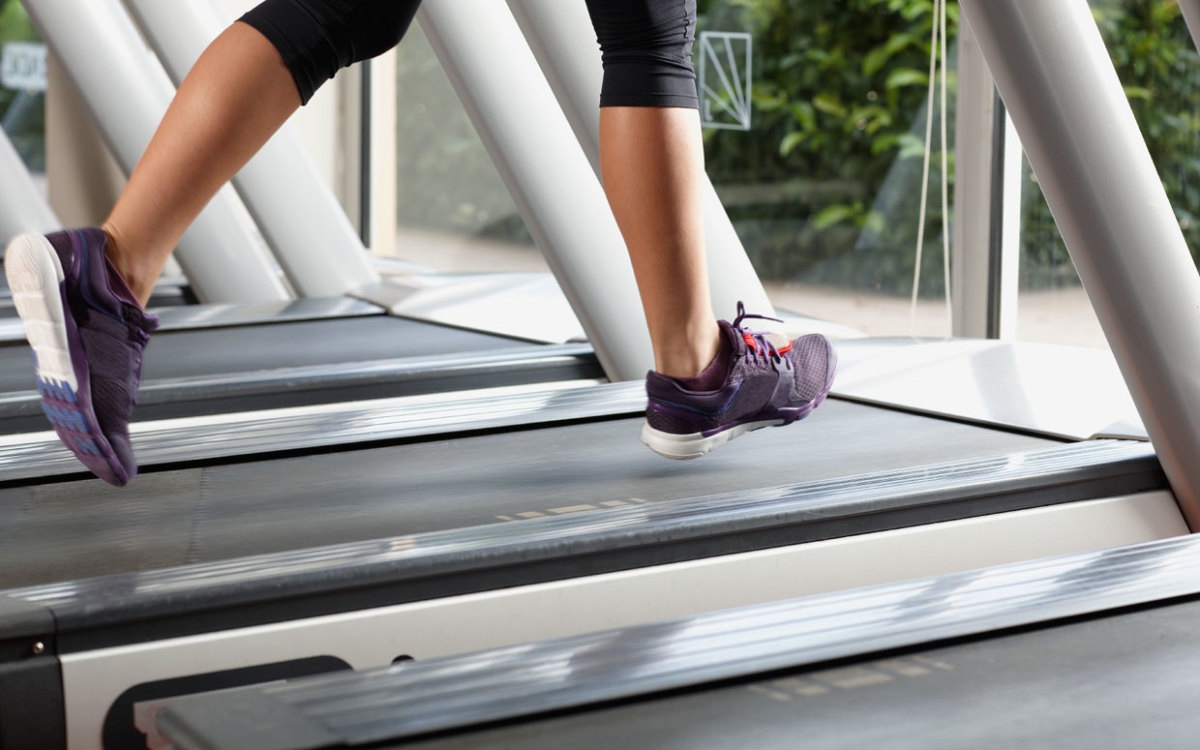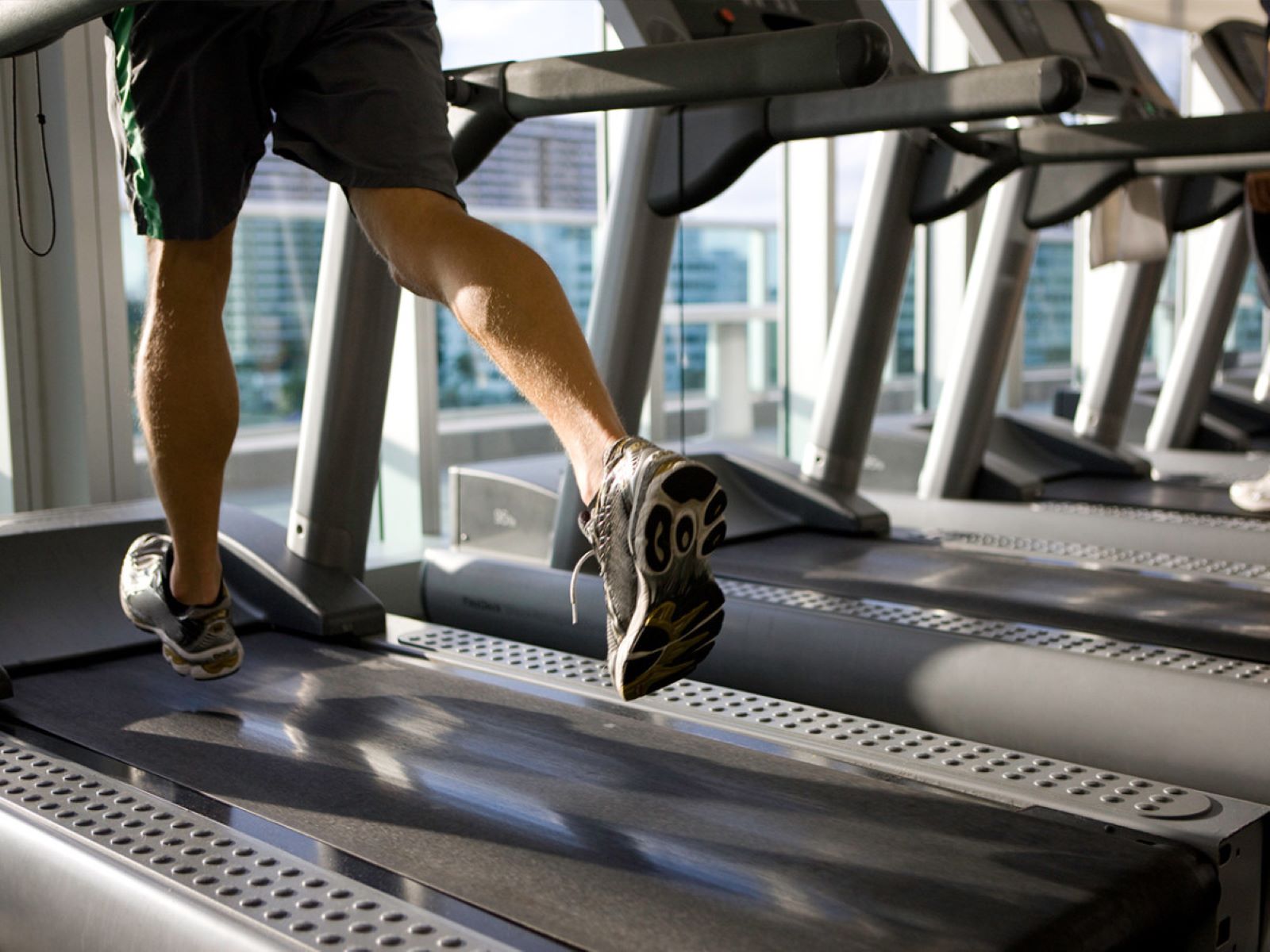Home>Misc>Featured>How Do You Ensure Your Health And Safety?


Featured
How Do You Ensure Your Health And Safety?
Published: October 5, 2023
Ensure your health and safety with our featured services. Discover how we prioritize your well-being.
Introduction
In today’s fast-paced world, ensuring our health and safety has become more important than ever. With the ever-present risks of illness, accidents, and various environmental hazards, it is essential to prioritize our well-being in order to lead a fulfilling life. This article will discuss various measures and practices to ensure our health and safety, both in our daily lives and in specific settings such as the workplace or school. By implementing these strategies, we can mitigate risks, prevent illness, and promote overall well-being.
While the concept of health and safety encompasses a wide range of aspects, from physical health to mental well-being, it ultimately boils down to taking proactive steps to protect ourselves and those around us. By establishing good hygiene practices, maintaining a nutritious diet, engaging in regular exercise, managing stress levels, and implementing preventative measures, we can greatly reduce the likelihood of illness or injury. Furthermore, by prioritizing our health and safety at home, work, and in various social settings, we create an environment that fosters well-being and promotes a higher quality of life.
This article will delve into these topics, offering practical tips, advice, and insights to help you enhance your health and safety. By incorporating these practices into your daily routine, you can enjoy a healthier, safer, and more fulfilling life. So, let’s dive in and discover how you can ensure your health and safety!
Daily Hygiene Practices
Daily hygiene practices are the foundation of maintaining good health and preventing the spread of diseases. These practices involve routine tasks that keep our bodies clean and free from harmful bacteria and viruses. Here are some essential daily hygiene practices:
- Handwashing: Regularly washing your hands with soap and water for at least 20 seconds is crucial in preventing the spread of germs. Make sure to wash your hands before and after eating, after using the restroom, after handling garbage, and after coughing or sneezing.
- Oral hygiene: Brush your teeth at least twice a day using fluoride toothpaste and a soft-bristled toothbrush. Don’t forget to floss daily to remove plaque and debris from between your teeth and gums. Regular dental check-ups and cleanings are also essential for optimal oral health.
- Showering or bathing: Taking a shower or bath daily helps cleanse the body, remove sweat, and eliminate bacteria. Use mild soap and warm water to thoroughly clean your body, paying close attention to areas such as the underarms, genitals, and feet.
- Keeping nails clean: Trim your nails regularly to prevent the buildup of bacteria and dirt. Clean under the nails using a nail brush or a soft toothbrush. Avoid biting or picking at your nails to reduce the risk of infection.
- Using clean towels and clothing: Use clean towels and washcloths after bathing or showering to prevent the growth of bacteria. Regularly launder your clothing, especially undergarments and socks, to maintain hygiene and prevent odors.
These simple daily hygiene practices go a long way in preventing the spread of germs and keeping our bodies clean and healthy. By incorporating these practices into our daily routine, we create a hygienic environment for ourselves and those around us.
Proper Nutrition and Hydration
Proper nutrition and hydration are essential for maintaining good health and preventing illness. A well-balanced diet provides the necessary nutrients, vitamins, and minerals our bodies need to function optimally. Here are some tips to ensure proper nutrition and hydration:
- Eat a variety of nutrient-rich foods: Include a mix of fruits, vegetables, whole grains, lean proteins, and healthy fats in your diet. Each food group offers unique health benefits and contributes to overall well-being.
- Stay hydrated: Drink an adequate amount of water throughout the day to keep your body hydrated and maintain proper bodily functions. The recommended daily intake varies depending on factors such as age, sex, and activity level, but aiming for at least eight glasses of water is a good starting point.
- Limit processed and sugary foods: Minimize the consumption of processed foods that are often high in added sugars, unhealthy fats, and sodium. Opt for whole, fresh foods whenever possible to maximize your nutrient intake.
- Control portion sizes: Be mindful of portion sizes to avoid overeating. Use smaller plates and listen to your body’s hunger and fullness cues to maintain a healthy weight and avoid unnecessary calorie intake.
- Plan and prepare meals: Take the time to plan and prepare meals in advance. This allows you to make healthier choices and avoid relying on convenient but less nutritious options. Meal prepping can also save time and money in the long run.
Proper nutrition and hydration are key components of a healthy lifestyle. By fueling our bodies with nutritious foods and staying hydrated, we support our immune system, boost energy levels, maintain a healthy weight, and reduce the risk of chronic diseases.
Exercise and Physical Activity
Regular exercise and physical activity play a vital role in maintaining optimal health and well-being. Engaging in movement and staying active offers numerous benefits for both our physical and mental health. Here are some key points to consider when it comes to exercise and physical activity:
- Choose activities you enjoy: Find physical activities that you genuinely enjoy. It could be anything from walking, jogging, cycling, dancing, swimming, or playing a sport. When you enjoy the activity, it becomes easier to stick with it and make it a regular part of your routine.
- Aim for a mix of cardio, strength, and flexibility exercises: Incorporate a variety of exercises into your routine to target different aspects of fitness. Cardiovascular exercises like running or dancing improve heart health, while strength training exercises such as weightlifting or bodyweight exercises build muscle strength. Additionally, include flexibility exercises like yoga or stretching to improve range of motion and prevent injuries.
- Set realistic goals and track progress: Set achievable fitness goals that align with your abilities and interests. Whether it’s increasing the number of steps you take each day or working towards completing a specific fitness milestone, tracking your progress can provide motivation and a sense of accomplishment.
- Stay consistent: Make physical activity a regular part of your routine. Aim for at least 150 minutes of moderate-intensity aerobic activity or 75 minutes of vigorous-intensity aerobic activity per week, along with muscle-strengthening activities at least twice a week.
- Include movement throughout the day: Find opportunities to be active in your daily life. Take the stairs instead of the elevator, take short walking breaks during work or school, and incorporate active hobbies like gardening or dancing into your leisure time.
Regular exercise and physical activity not only help maintain a healthy weight and improve physical fitness, but they also contribute to mental well-being. Exercise releases endorphins, chemicals that promote feelings of happiness and reduce stress. It can also help improve sleep quality, increase energy levels, and enhance cognitive function.
Mental Health and Stress Management
Our mental health is just as important as our physical health. Taking care of our mental well-being and effectively managing stress are vital for overall health and happiness. Here are some strategies to prioritize mental health and manage stress:
- Practice self-care: Set aside time for activities that bring you joy and relaxation. This could include hobbies, reading, spending time in nature, taking a bubble bath, or practicing meditation and mindfulness.
- Get enough rest and sleep: Adequate rest and quality sleep are crucial for mental and emotional well-being. Aim for 7-9 hours of sleep each night and establish a consistent bedtime routine to promote better sleep habits.
- Reach out for support: Building a strong support network is essential for mental health. Reach out to family, friends, or a mental health professional when you need someone to talk to or seek guidance from.
- Practice stress management techniques: Find healthy ways to manage stress, such as deep breathing exercises, yoga, journaling, or engaging in activities that help you relax and unwind.
- Set boundaries: Learn to say no to excessive commitments and prioritize your well-being. Establish clear boundaries in your personal and professional life to avoid overwhelm and burnout.
Managing stress effectively is crucial for maintaining mental well-being. Chronic stress can negatively impact both physical and mental health, leading to a range of conditions, including anxiety and depression. By implementing stress management techniques and adopting a self-care routine, we can reduce stress levels and promote resilience in the face of challenges.
Sleep and Relaxation Techniques
Sleep plays a vital role in our overall health and well-being. It is during sleep that our body repairs itself, consolidates memories, and restores energy levels. Establishing a healthy sleep routine and incorporating relaxation techniques into our daily lives can significantly improve the quality of our sleep and promote a sense of calm and rejuvenation. Here are some tips for better sleep and relaxation:
- Stick to a consistent sleep schedule: Try to go to bed and wake up at the same time each day, even on weekends. This helps regulate your body’s natural sleep-wake cycle, making it easier to fall asleep and wake up feeling refreshed.
- Create a sleep-friendly environment: Make your bedroom a comfortable and soothing space, free from distractions. Ensure the room is dark, quiet, and at a cool temperature. Use comfortable bedding and invest in a supportive mattress and pillow.
- Establish a bedtime routine: Engage in relaxing activities before bed to signal to your body that it’s time to sleep. This could involve dimming the lights, reading a book, taking a warm bath, or practicing relaxation techniques such as deep breathing or gentle stretching.
- Avoid electronics before bed: The blue light emitted by electronic devices can interfere with your sleep. Try to limit screen time at least an hour before bed and consider using nighttime mode or blue light-blocking glasses to minimize the impact.
- Avoid stimulants and heavy meals close to bedtime: Avoid consuming caffeine, nicotine, and alcohol close to bedtime, as they can disrupt sleep patterns. Additionally, eating heavy or spicy meals too close to bedtime can cause discomfort and make it harder to fall asleep.
- Practice relaxation techniques: Incorporate relaxation techniques into your daily routine to promote calm and reduce stress. This can include deep breathing exercises, progressive muscle relaxation, guided imagery, or mindfulness meditation.
Prioritizing sleep and incorporating relaxation techniques into your daily life can have a profound impact on your overall well-being. By getting quality sleep and engaging in relaxation practices, you can reduce stress levels, improve cognitive function, enhance mood, and support overall health.
Preventive Measures for Illness and Infections
Preventing illness and infections is essential for maintaining good health and minimizing the spread of diseases. By adopting preventive measures, we can reduce the risk of falling ill and protect ourselves and those around us. Here are some key strategies for preventing illness and infections:
- Practice good hand hygiene: Wash your hands frequently with soap and water for at least 20 seconds, especially before eating, after using the restroom, and after being in public places. If soap and water are not available, use hand sanitizer with at least 60% alcohol content.
- Cover your mouth and nose: When coughing or sneezing, cover your mouth and nose with a tissue or your elbow to prevent the spread of respiratory droplets. Dispose of used tissues immediately and wash your hands afterward.
- Stay up to date with vaccinations: Vaccinations are crucial for preventing the spread of contagious diseases. Stay informed about recommended vaccines and ensure you and your family are up to date with immunizations.
- Maintain a clean environment: Regularly clean and disinfect frequently-touched surfaces in your home, such as doorknobs, light switches, and countertops. Use appropriate cleaning products and follow the directions on the labels.
- Adhere to food safety guidelines: Practice food safety measures to prevent foodborne illnesses. This includes proper handling, storage, and cooking of food, as well as avoiding cross-contamination and consuming expired products.
- Avoid close contact with sick individuals: When someone is ill, particularly with a contagious illness, try to maintain a safe distance and limit physical contact. This helps prevent the spread of the illness to others.
By incorporating these preventive measures into our daily lives, we can significantly reduce the risk of illness and protect ourselves and our communities. It is important to stay informed about current health guidelines and recommendations to ensure we are taking appropriate measures to prevent the spread of infections.
Safety Precautions in the Workplace or School
Ensuring safety in the workplace or school is vital for the well-being of employees and students. By implementing proper safety precautions, we can create an environment that minimizes hazards and promotes a sense of security. Here are some essential safety measures to consider:
- Follow safety protocols and guidelines: Familiarize yourself with safety protocols established by your workplace or educational institution. These protocols may include evacuation plans, emergency procedures, and guidelines for handling hazardous materials.
- Use proper equipment and protective gear: In certain work settings or labs, it is essential to use appropriate equipment and protective gear to minimize the risk of accidents or exposure to hazardous substances. This may include wearing gloves, safety goggles, helmets, or respiratory masks.
- Promote ergonomic practices: In office environments, ensure workstations are set up ergonomically to prevent musculoskeletal injuries. This includes having proper desk and chair heights, positioning computer monitors at eye level, and taking regular breaks to stretch and rest.
- Report safety hazards or concerns: If you notice any safety hazards or concerns in your workplace or school, such as faulty equipment, unsafe conditions, or potential risks, report them to the appropriate authorities or supervisors. Prompt action can prevent accidents and mitigate risks.
- Provide ongoing safety training: Regular safety training sessions and workshops help employees and students stay updated on best practices and safety measures. This ensures that everyone is equipped with the knowledge needed to prevent accidents and respond appropriately in emergency situations.
- Implement measures to prevent bullying and violence: In schools, it is important to establish anti-bullying policies and procedures to create a safe and inclusive environment. Similarly, workplaces should have policies in place to address workplace harassment and violence, ensuring the safety and well-being of all employees.
Prioritizing safety in the workplace or school is crucial for fostering a healthy and productive environment. By following safety protocols, using proper equipment, staying alert to potential hazards, and fostering a culture of safety, we can create spaces where employees and students can thrive without compromising their well-being.
Health and Safety at Home
Home is meant to be a safe haven, and by taking certain precautions, we can ensure the health and safety of ourselves and our loved ones. Here are some measures to consider for maintaining a safe home environment:
- Install and maintain smoke alarms and carbon monoxide detectors: These devices provide early warnings in the event of a fire or carbon monoxide leak, allowing for swift evacuation and minimizing the risk of harm.
- Keep emergency contact information readily accessible: Post emergency phone numbers, including that of local police, fire department, and poison control, in a visible location. Make sure all family members are aware of the locations and usage of fire extinguishers and first aid kits.
- Prevent slips, trips, and falls: Keep floors free of clutter, secure loose rugs, and install handrails on stairs. Use non-slip mats in the bathroom and clean up spills promptly to prevent accidents.
- Ensure proper food safety: Practice safe food handling and storage to prevent foodborne illnesses. Keep refrigerators at the appropriate temperature, separate raw and cooked foods, and avoid consuming expired or contaminated products.
- Maintain a clean and well-ventilated home: Regularly clean your home to prevent the buildup of dust, allergens, and pests. Ensure rooms are adequately ventilated to improve air circulation and reduce the risk of respiratory issues.
- Secure your home: Install secure locks on doors and windows to deter unauthorized access. Consider installing a home security system or burglar alarms for added protection.
Additionally, it is important to be aware of potential safety hazards specific to your home, such as keeping chemicals and cleaning products out of reach of children, properly storing medications, and checking for potential fire hazards like overloaded electrical outlets or malfunctioning appliances.
By implementing these safety measures, you can create a secure and healthy environment for yourself and your family, minimizing the risk of accidents, injuries, and health issues at home.
Regular Medical Check-ups and Screenings
Regular medical check-ups and screenings are essential for maintaining good health and catching any potential health issues early on. By scheduling routine appointments with healthcare professionals and undergoing recommended screenings, we can take a proactive approach to our well-being. Here are some key aspects to consider:
- Annual physical examinations: Schedule regular physical exams with your primary care physician. These exams include a comprehensive assessment of your overall health, including checking vital signs, reviewing medical history, conducting physical examinations, and discussing any concerns or symptoms.
- Age-appropriate screenings and tests: Depending on your age and risk factors, there are various screenings and tests that healthcare professionals may recommend. These can include blood tests, cholesterol screenings, blood pressure checks, mammograms, pap smears, colonoscopies, prostate exams, and bone density scans, among others.
- Vaccinations and immunizations: Stay up to date with recommended vaccinations and immunizations for various diseases. Vaccinations not only protect you but also contribute to overall community health by preventing the spread of contagious illnesses.
- Mental health check-ups: Prioritize your mental well-being by seeking regular mental health check-ups. These can involve discussing any symptoms or concerns with a mental health professional and receiving appropriate guidance or treatment.
- Dental and vision check-ups: Don’t overlook the importance of regular dental and vision check-ups. Visit your dentist for routine cleanings and exams, and schedule regular eye exams to maintain good oral and visual health.
- Health screenings specific to gender and family history: Some screenings and tests may be recommended based on your gender and family history. For example, women may require regular breast and cervical cancer screenings, while men may need prostate cancer screenings.
Regular medical check-ups and screenings allow healthcare professionals to detect any potential health issues early, when they are often more treatable. Additionally, these check-ups provide an opportunity to discuss any health concerns, receive guidance on healthy lifestyle practices, and develop a personalized plan for managing your overall health.
Remember, prevention is key, and by taking proactive steps through regular check-ups and screenings, you can prioritize your health and well-being.
Conclusion
Ensuring our health and safety requires a proactive approach and a commitment to prioritizing our well-being. By following daily hygiene practices, maintaining a balanced diet, engaging in regular exercise, managing stress levels, and practicing self-care, we can significantly enhance our overall health and quality of life.
Additionally, implementing preventive measures, both at home and in public settings such as the workplace or school, can significantly reduce the risk of illness, accidents, and infections. Taking the necessary precautions, staying informed about safety guidelines, and creating a safe environment sets the foundation for our well-being.
Regular medical check-ups and screenings play a crucial role in detecting and preventing health issues early on. By staying up to date with vaccinations, scheduling routine physical exams, and undergoing age-appropriate screenings, we empower ourselves to take charge of our health and seek timely interventions if needed.
In conclusion, by adopting these measures and making them a part of our daily routine, we can ensure our health and safety while promoting a better quality of life. Prioritizing our well-being not only benefits us individually, but also has a positive impact on our families, communities, and society as a whole. Let’s make a conscious effort to prioritize our health and safety, because a healthy and safe life is a life well-lived.









